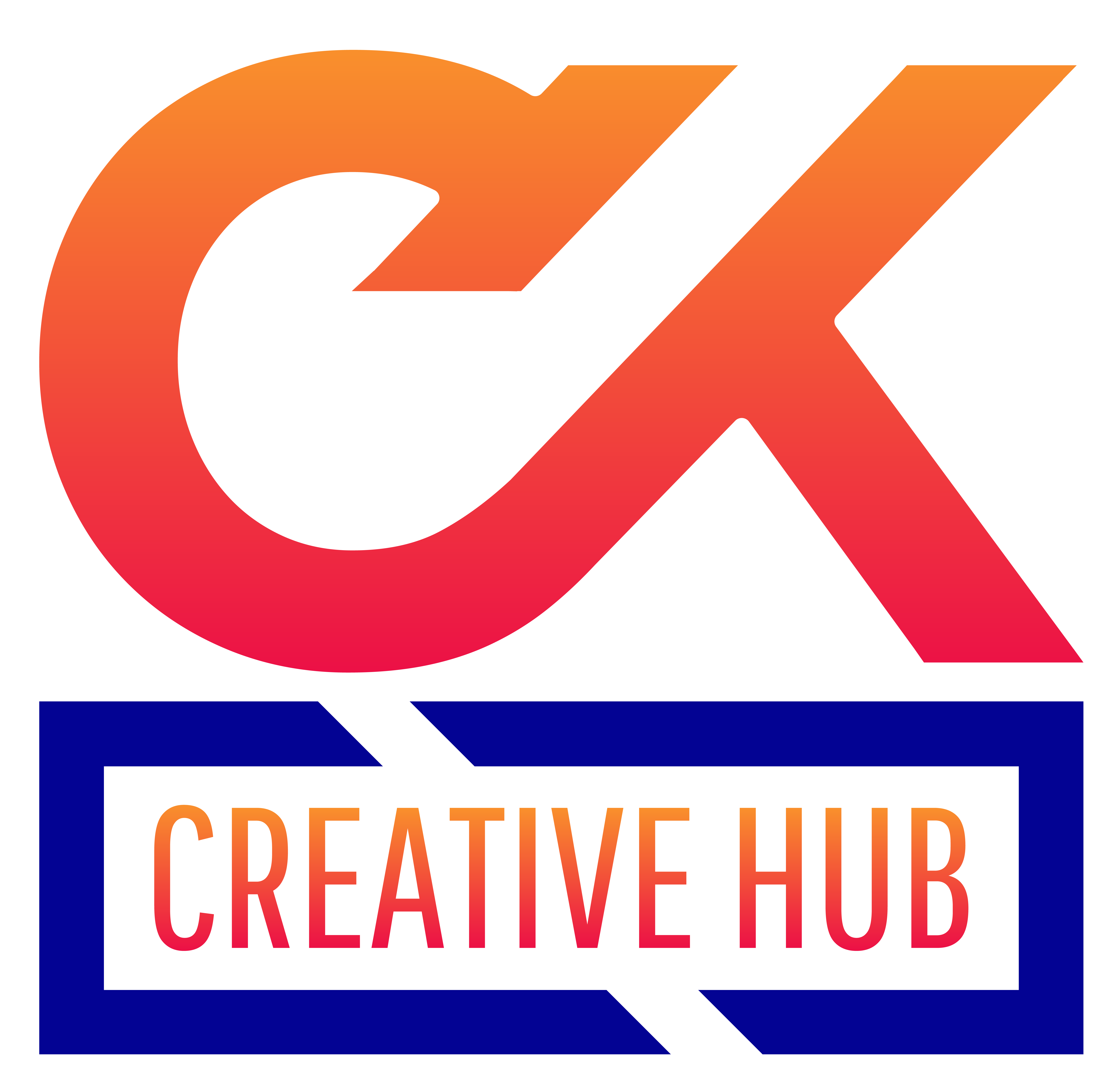
In an Digital Marketing era where 68% of online experiences begin with a search engine (BrightEdge), mastering Search Engine Optimization (SEO) is non-negotiable for businesses aiming to thrive digitally. Search Engine Optimization (SEO) isn’t just about ranking higher on Google—it’s about delivering value, enhancing user experience, and building trust. This 2,400-word guide demystifies Search Engine Optimization (SEO), offering actionable strategies to elevate your website’s visibility, drive organic traffic, and outpace competitors.
Table of Contents
ToggleWhat is Search Engine Optimization (SEO)? Understanding the Basics
Search Engine Optimization (SEO) is the practice of optimizing your website to rank higher on search engine results pages (SERPs) for relevant keywords. Unlike paid ads, Search Engine Optimization (SEO) delivers sustainable, cost-effective traffic by aligning your content with search engines’ evolving algorithms.
Key Components of Search Engine Optimization (SEO):
- On-Page Search Engine Optimization (SEO): Optimizing content, HTML, and UX elements.
- Technical Search Engine Optimization (SEO): Improving site infrastructure for crawling and indexing.
- Off-Page Search Engine Optimization (SEO): Building authority through backlinks and social signals.
- Local Search Engine Optimization (SEO): Targeting geographically specific searches.
Why Search Engine Optimization (SEO) Matters:
- 75% of users never scroll past the first page of search results (HubSpot).
- Organic search drives 53% of all website traffic (BrightEdge).
- Companies with strong SEO strategies see 2.5x higher revenue growth (Forbes).
Keyword Research: The Foundation of Search Engine Optimization (SEO)
Keywords are the bridge between user intent and your content. Effective keyword research ensures you target phrases your audience is actively searching for.
Types of Keywords
Short-Tail: Broad, high-volume terms (e.g., “SEO”).
Long-Tail: Specific, low-competition phrases (e.g., “best SEO tools for small businesses”).
LSI (Latent Semantic Indexing): Contextually related terms (e.g., “keyword research” for “SEO”).
Tools for Keyword Research
Google Keyword Planner: Free tool for search volume and competition data.
Ahrefs: Analyzes keyword difficulty and competitor rankings.
AnswerThePublic: Visualizes questions users ask around a topic.
Pro Tip: Prioritize keywords with a “Goldilocks” balance—moderate search volume and low competition.
Mapping Keywords to Content
Pillar Content: Target a core topic (e.g., “SEO Guide”) and link to cluster content (e.g., “On-Page SEO Tips”).
Search Intent: Align content with user goals:
Informational: “How to fix a broken link.”
Navigational: “Ahrefs login.”
Transactional: “Buy SEO software.”
On-Page Search Engine Optimization (SEO): Optimizing Content for Rankings
On-page Search Engine Optimization (SEO) ensures your content satisfies both users and search engines.
Title Tags & Meta Descriptions
Title Tag: Include primary keywords near the front (e.g., “SEO Guide 2024 | Boost Rankings Fast”).
Meta Description: Write a 150–160 character summary with a CTA (e.g., “Learn proven SEO strategies”).
Example: Backlinko’s title tag “SEO Checklist: 23 Steps to Rank #1 on Google” drives 300K+ monthly visits.
Header Tags (H1, H2, H3)
Use H1 for the main title, H2 for subheadings, and H3 for subsections.
Incorporate keywords naturally (e.g., H2: “How to Optimize Images for SEO”).
Content Quality
Depth: Articles over 2,000 words earn 3x more backlinks (SEMrush).
Readability: Use short paragraphs, bullet points, and Hemingway Editor for clarity.
Multimedia: Embed videos, infographics, and charts to boost engagement.
Case Study: The Skyscraper Technique by Brian Dean helped Backlinko rank for 130K+ keywords.
Internal Linking
Link to related pages to distribute authority and guide users. For example, link “local SEO tips” to your “Google My Business guide.”
Technical Search Engine Optimization (SEO): Building a Search-Friendly Website
Technical Search Engine Optimization (SEO) ensures search engines can crawl, index, and understand your site.
Site Speed Optimization
Google PageSpeed Insights: Scores your site’s speed (aim for 90+ on mobile).
Optimization Tactics:
Compress images with TinyPNG.
Enable browser caching.
Use a Content Delivery Network (CDN) like Cloudflare.
Example: Walmart improved conversions by 2% for every 1-second speed gain.
Mobile-First Indexing
Ensure responsive design via CSS media queries.
Test mobile usability with Google’s Mobile-Friendly Test.
XML Sitemap & Robots.txt
XML Sitemap: Submit to Google Search Console to prioritize crawling.
Robots.txt: Block low-value pages (e.g., admin login) from search engines.
Structured Data (Schema Markup)
Enhance SERP appearances with rich snippets:
Product: Price, ratings.
Article: Author, publish date.
FAQ: Collapsible Q&A sections.
Tool: Google’s Structured Data Markup Helper.
Off-Page Search Engine Optimization (SEO): Building Authority with Backlinks
Backlinks are votes of confidence from other websites. High-quality links boost domain authority (DA) and rankings.
Types of Backlinks
Editorial: Earned naturally (e.g., a blogger references your study).
Guest Posts: Write articles for authoritative sites (e.g., Entrepreneur, Forbes).
Directory Links: List your site in niche directories (e.g., Yelp for local SEO).
Link-Building Strategies
Broken Link Building: Find dead links on relevant sites and suggest your content as a replacement.
Skyscraper Technique: Create superior content than competitors and pitch it to their backlink sources.
HARO (Help a Reporter Out): Respond to journalist queries to earn media mentions.
Case Study: Ahrefs built 1.3M backlinks by creating free tools like Site Explorer.
Avoiding Toxic Links
Use Ahrefs or Moz’s Link Explorer to disavow spammy links that could trigger penalties.
Local Search Engine Optimization (SEO): Dominate “Near Me” Searches
Local Search Engine Optimization (SEO) targets customers in your geographic area.
Google Business Profile (GBP)
Claim and optimize your GBP listing with:
Accurate NAP (Name, Address, Phone).
High-resolution photos.
Customer reviews.
Post weekly updates (e.g., promotions, events).
Pro Tip: Encourage satisfied customers to leave reviews—businesses with 4+ stars get 31% more clicks (BrightLocal).
Local Citations
Ensure consistent NAP details across directories like:
Yelp
Yellow Pages
Industry-specific platforms (e.g., Zocdoc for healthcare).
Localized Content
Create location-specific pages (e.g., “Search Engine Optimization (SEO) Services in New York”) with embedded maps and testimonials.
Voice Search Optimization
With 50% of U.S. adults using voice search daily (Adobe), optimizing for voice is critical.
Target Conversational Keywords
Use natural language phrases like “Where’s the best pizza near me?”
Answer questions concisely in FAQ sections.
Featured Snippets
Aim for “Position 0” by providing clear, succinct answers (40–60 words).
Example: “How to unclog a drain” answers often rank in featured snippets.
Measuring Search Engine Optimization (SEO) Success: Key Metrics
Track performance with these KPIs:
- Organic Traffic: Google Analytics > Acquisition > Organic Search.
- Keyword Rankings: SEMrush Position Tracking.
- Backlink Profile: Ahrefs Site Explorer.
- Conversion Rate: Goal completions (e.g., form submissions, sales).
Tool: Google Data Studio for custom Search Engine Optimization (SEO) dashboards.
Common Search Engine Optimization (SEO) Mistakes to Avoid
- Keyword Stuffing: Overloading content with keywords.
- Ignoring Mobile Optimization: 61% of searches happen on mobile (Search Engine Journal).
- Duplicate Content: Use canonical tags to avoid penalties.
- Neglecting Analytics: Regularly audit performance to refine strategies.
Future Trends in Search Engine Optimization (SEO)
The digital landscape is in constant flux, and Search Engine Optimization (SEO) is no exception. As search engines evolve to prioritize user experience and technological advancements, businesses must adapt to maintain visibility. Here’s an in-depth look at the emerging trends shaping the future of Search Engine Optimization (SEO).
AI and Machine Learning Domination
Google’s AI-driven algorithms, like BERT and MUM, are revolutionizing how search engines understand context and user intent. These systems analyze content for semantic relevance rather than just keywords, prioritizing comprehensive answers to complex queries. For instance, MUM can process information across 75 languages and multimedia formats, enabling cross-modal search capabilities.
Implication: Content must address user intent holistically. Tools like Clearscope and MarketMuse leverage AI to identify gaps and optimize for topic depth.
Voice Search Optimization
By 2024, voice-based shopping is projected to hit $55 billion (Juniper Research). Voice queries are typically conversational (e.g., “Where’s the nearest vegan café open now?”), requiring SEO strategies to target long-tail keywords and natural language.
Strategy: Optimize for question-based phrases and featured snippets (Position 0). Local Search Engine Optimization (SEO) is critical, as 46% of voice search optimization seek local business info (BrightLocal).
Core Web Vitals and UX Prioritization
Google’s Core Web Vitals (LCP, FID, CLS) measure site speed, interactivity, and visual stability. Pages failing to meet thresholds risk lower rankings.
Action: Use Google PageSpeed Insights to audit performance. Adopt lazy loading, optimize images, and leverage CDNs. Walmart saw a 2% conversion boost per 1-second speed improvement.
Video Search Engine Optimization (SEO) Surge
YouTube processes over 3 billion searches monthly, making it the second-largest search engine. Video content ranks in both YouTube and Google SERPs, especially with the rise of video-rich carousels.
Optimization Tips:
Include transcripts and closed captions.
Use keywords in titles, descriptions, and tags.
Embed videos in blog posts to boost dwell time.
E-A-T (Expertise, Authoritativeness, Trustworthiness)
Google increasingly prioritizes content from credible sources. This is critical for YMYL (Your Money or Your Life) niches like finance and health.
Best Practices:
Highlight author credentials (e.g., “MD” or “PhD”).
Cite peer-reviewed studies and update content regularly.
Secure backlinks from authoritative domains.
Mobile-First Indexing
With mobile devices driving 61% of web traffic (Statista), Google’s mobile-first indexing is now the default.
Key Steps:
Ensure responsive design.
Compress images and minimize JavaScript.
Test mobile usability via Google’s Mobile-Friendly Test.
Semantic Search and Topic Clusters
Semantic search focuses on contextual meaning. Instead of targeting isolated keywords, build topic clusters around pillar content.
Example: A pillar page on “Sustainable Fashion” links to cluster content like “Ethical Fabrics” or “Zero-Waste Brands.”
Sustainability as a Ranking Factor
Green hosting and eco-friendly practices may influence rankings as consumers demand sustainability.
Steps:
Migrate to green hosts (e.g., GreenGeeks).
Highlight eco-initiatives in content.
Optimize for keywords like “eco-friendly products.”
Visual and AR Search
Platforms like Google Lens and Pinterest Lens enable image-based searches. AR integration allows users to visualize products in their environment (e.g., IKEA Place).
Optimization: Use descriptive alt text, high-quality images, and structured data.
Zero-Click Searches
Over 50% of Google searches end without a click (SparkToro), as answers appear in featured snippets, knowledge panels, or “People Also Ask” boxes.
Tactics: Structure content with clear headers, bullet points, and concise answers (40–60 words).
Conclusion
Search Engine Optimization (SEO) is a dynamic, multifaceted discipline that demands continuous learning and adaptation. By mastering keyword research, On-page optimization, Technical SEO, and ethical link-building, businesses can achieve long-term visibility and growth. As algorithms evolve, staying ahead requires embracing trends like voice search, AI, and user-centric content. Start implementing these strategies today to transform your website into a search engine magnet.

